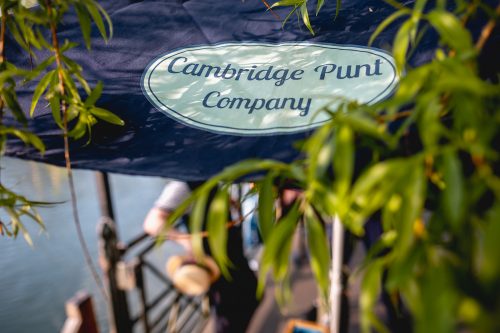Sir Isaac Newton (1643–1727)
Subject: Physics
College: Trinity College
Contribution: Formulation of the laws of motion and universal gravitation
Sir Isaac Newton studied and later became Master of Trinity College, laying the foundations of classical physics with his groundbreaking work. Wander the cloisters of Trinity’s Great Court and Chapel, where he once paced deep in thought. Tradition holds that nearby Whitehall Gardens—part of what was known in his day as “Newton’s Orchard”—is where he first pondered the falling apple that sparked his insights into gravity.
Charles Darwin (1809–1882)
Subject: Biology
College: Christ’s College
Contribution: Theory of evolution by natural selection
Charles Darwin earned his BA at Christ’s College in 1831. Today, the College’s Wren Library houses early editions of On the Origin of Species, providing a direct link to the momentous ideas he would soon publish. Although most of his experimental work occurred after leaving Cambridge, a stroll through the Botanic Garden evokes the botanical observations that fueled his revolutionary theory of natural selection.
James Clerk Maxwell (1831–1879)
Subject: Physics
College: Trinity College
Contribution: Unification of electricity and magnetism through Maxwell’s equations
James Clerk Maxwell, a Fellow of Trinity College, unified electricity and magnetism into a single elegant theory—Maxwell’s equations, which underpin modern communications and optics. Plaques on King’s Parade mark the lecture rooms where he first presented this work. Inside Trinity College’s Wren Library, you can still imagine him penning the papers that transformed the landscape of physics.
Paul Dirac (1902–1984)
Subject: Physics
College: Trinity College
Contribution: Foundation of quantum mechanics; prediction of antimatter; formulation of the Dirac equation
Paul Dirac, one of the founders of quantum mechanics, predicted antimatter and formulated the Dirac equation. Follow the “Quantum Trail” through the Cavendish Laboratory lecture halls where his ideas first resonated, then head to Trinity College’s special collections to request a viewing of his personal notebooks—these pages still puzzle and inspire physicists today.
Stephen Hawking (1942–2018)
Subject: Cosmology and Theoretical Physics
College: Trinity Hall
Contribution: Black hole thermodynamics; popularisation of complex cosmological theories
Stephen Hawking transformed our understanding of black holes and the universe. Visit the DAMTP on Silver Street to stand in corridors where he plotted the fate of black holes, or find a quiet moment in St Mary’s Church, Great St Mary’s, a favorite contemplative spot from which he often gazed at the heavens.
Francis Crick (1916–2004)
Subject: Molecular Biology
College: Clare College
Contribution: Co‑discovery of the DNA double helix
In 1953, Francis Crick and James Watson unraveled the structure of DNA in a modest room at the Cavendish Laboratory, now marked by a blue plaque. Stand where they stood and envision the moment that unlocked the molecular code of life. Then explore the Whipple Museum of the History of Science to see original models and instruments from those early days of molecular biology.
Conclusion
Cambridge’s storied colleges and historic lecture halls are more than just beautiful backdrops; they are living monuments to human curiosity and achievement. From wandering the cloisters where Newton formulated his laws to standing beneath the blue plaque marking the discovery of DNA, every visit offers a direct connection to discoveries that shaped our world. Pack your bags, follow in the footsteps of these scientific giants, and let Cambridge inspire your own moments of wonder and insight.


